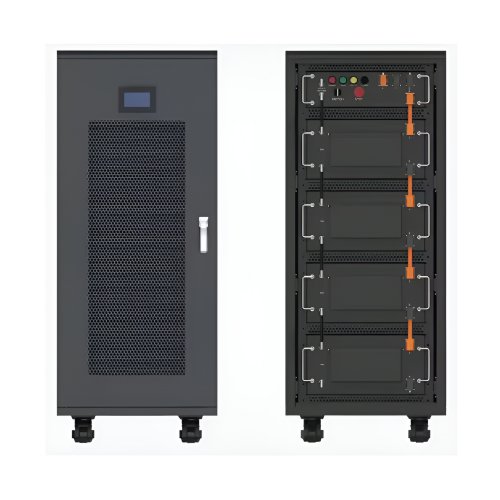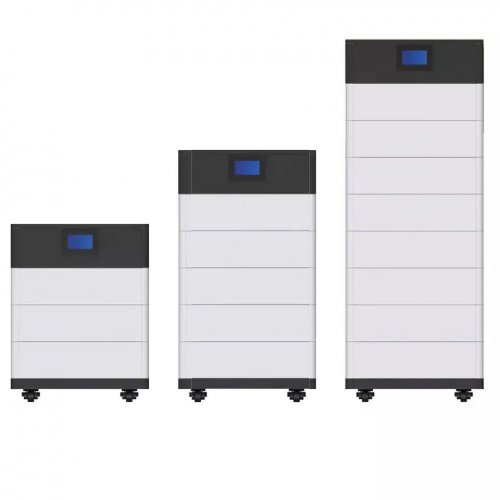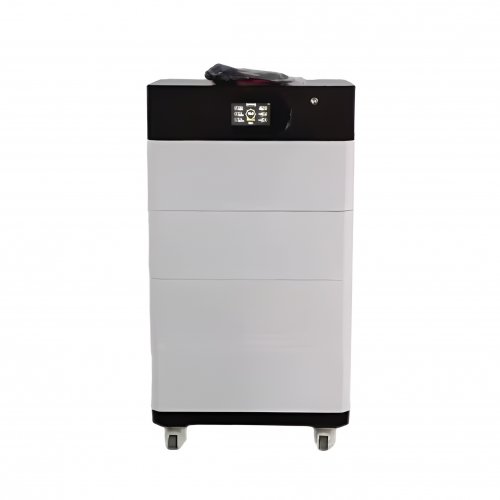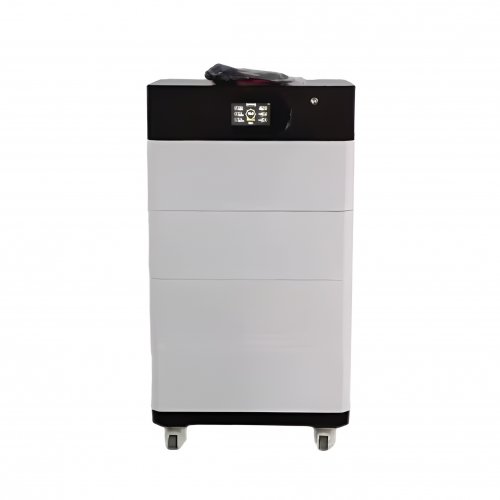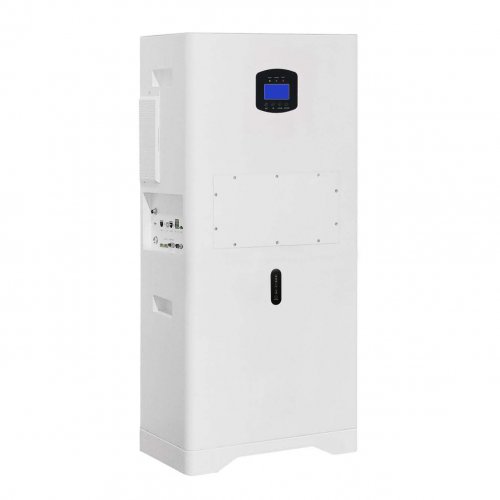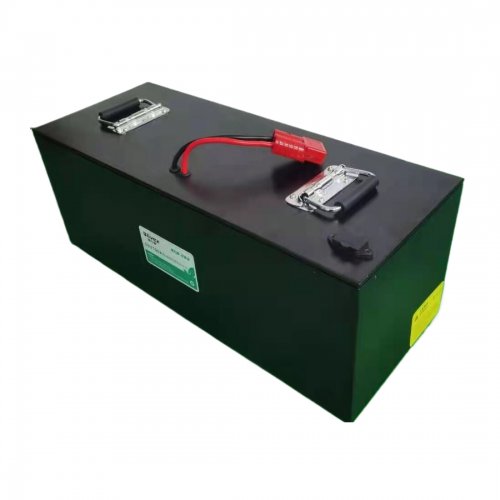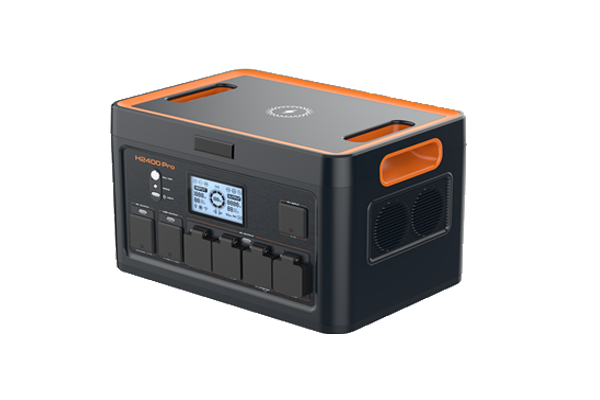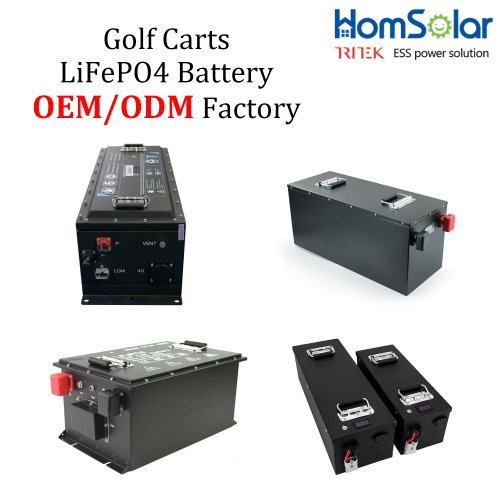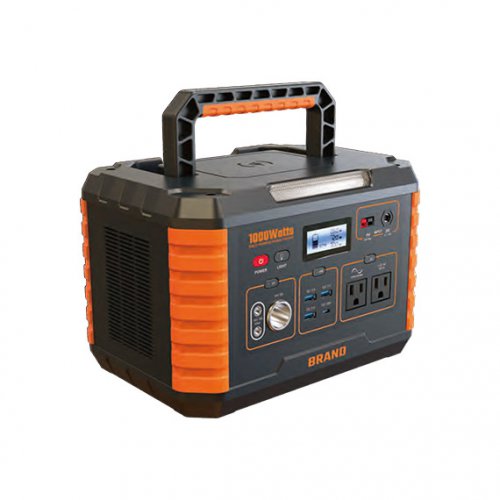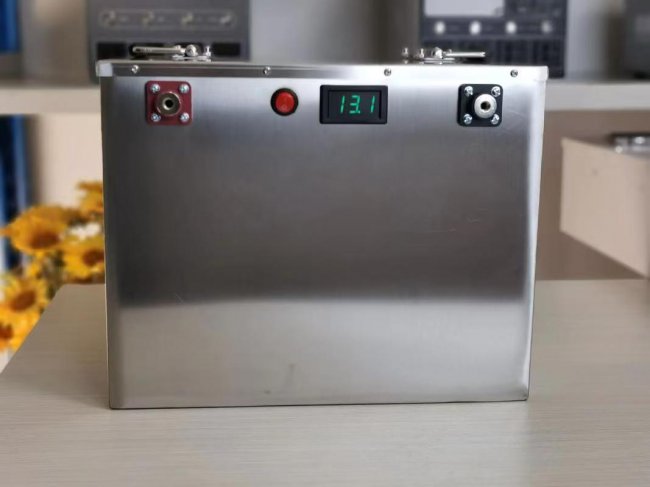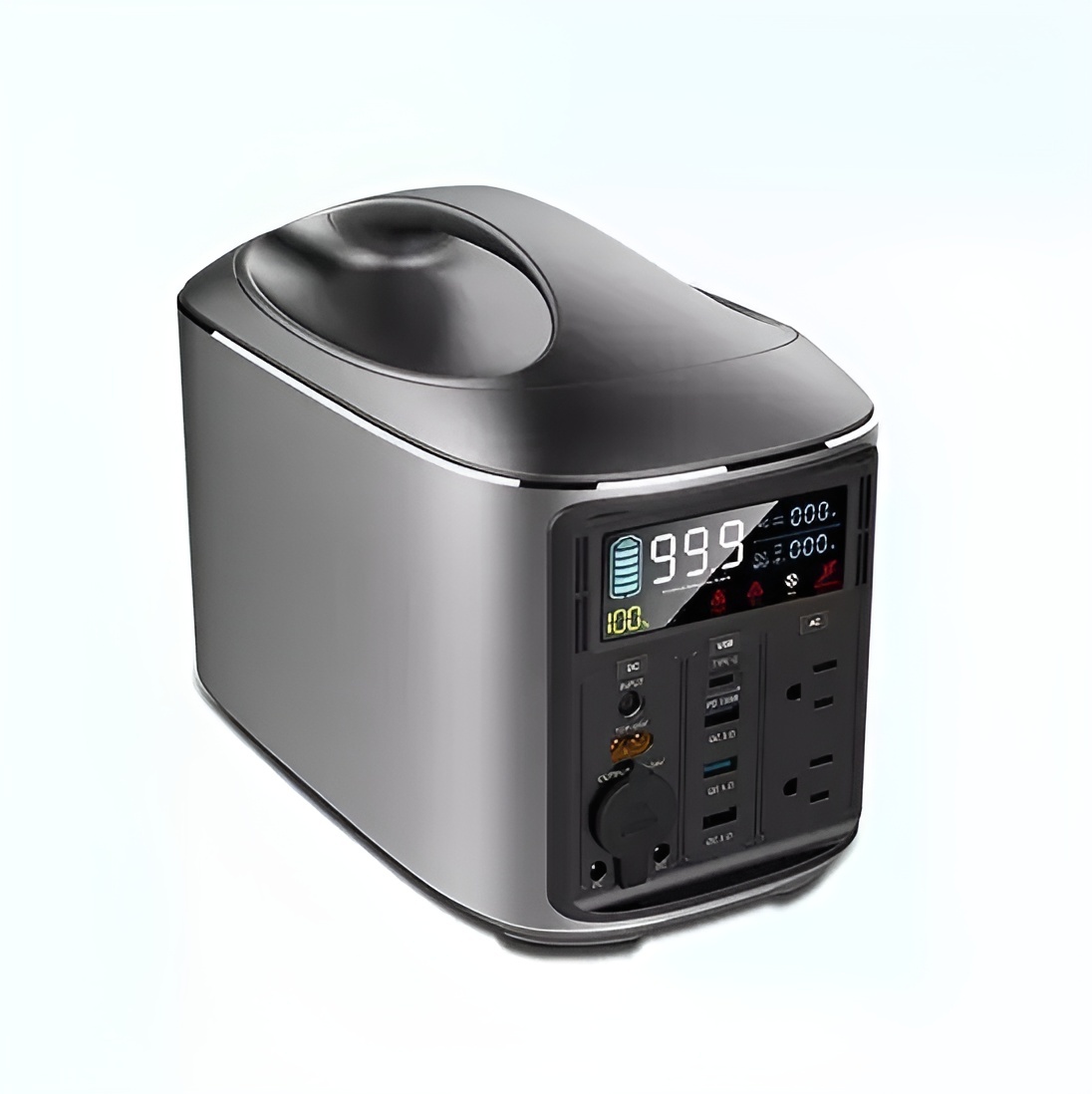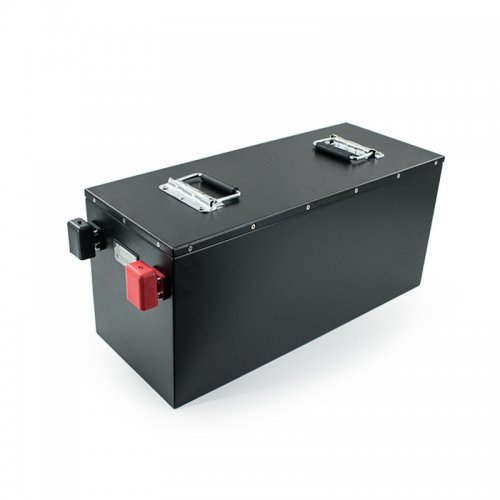Advances In Lifepo4 Cathode: Reinvigorating A Mainstay Through Nanoscale Engineering And Interface Control
The quest for efficient, safe, and cost-effective energy storage has positioned lithium iron phosphate (LiFePO4 or LFP) as a cornerstone material for lithium-ion batteries, particularly in the realms of electric vehicles (EVs) and large-scale stationary storage. Since its seminal introduction by Prof. John B. Goodenough's group in 1997, LFP has been celebrated for its exceptional cycle life, remarkable safety profile due to strong P-O covalent bonds, and the abundance of its constituent elements. However, its journey has been one of overcoming intrinsic limitations: low intrinsic electronic and ionic conductivity. The past decade has witnessed a remarkable transformation of LFP from a promising but problematic material to a dominant force, driven by sophisticated nanoscale engineering and a deepening understanding of its electrochemistry. This article explores the recent research progress, key technological breakthroughs, and future prospects that are ensuring the continued relevance of the LiFePO4 cathode.
Nanostructuring and Carbon Coating: The Foundational Breakthrough
The initial breakthrough that unlocked LFP's potential was the dual strategy of particle size reduction and conductive coating. The sluggish kinetics of bulk LFP were primarily attributed to its poor electronic conductivity (~10⁻⁹ S/cm) and one-dimensional lithium-ion diffusion pathways along the [010] direction. Research conclusively demonstrated that synthesizing LFP particles at the nanoscale drastically shortens the Li⁺ diffusion path, enabling high-rate capability. Concurrently, the ubiquitous application of a conformal carbon coating—through in-situ carbonization from sucrose, glucose, or polymers during synthesis—created a percolating electronic network around each particle. This carbon layer, often just a few nanometers thick, mitigates particle agglomeration and dramatically enhances surface electronic conductivity, allowing for the efficient extraction and insertion of lithium.
Recent research has moved beyond simple carbon black additives to more engineered architectures. For instance, the development of LFP/C composites using graphene oxide or carbon nanotubes as a conductive scaffold has yielded impressive results. These two-dimensional and one-dimensional carbon allotropes form a highly interconnected "superhighway" for electrons, further reducing internal resistance. Studies have shown that LFP nanoparticles anchored on a 3D graphene aerogel exhibit exceptional rate performance, retaining over 90% of its capacity at discharge rates as high as 10C, a feat unattainable for its unmodified counterpart (M. Wang et al.,Advanced Energy Materials, 2022). Furthermore, precise control over the carbon coating's graphitization degree and thickness is now a focal point, as an optimal balance between conductivity and Li⁺ permeability is crucial for maximizing performance.
Crystal Orientation Tuning and Doping Strategies
While carbon coating addresses electronic conductivity, the ionic conductivity remains a challenge limited by the crystal structure. A pivotal recent advancement involves the controlled synthesis of LFP crystals with preferentially exposed facets. Since Li⁺ diffusion is fastest along theb-axis ([010] direction), maximizing the surface area of facets perpendicular to this axis is highly desirable. Advanced synthesis techniques, such as hydrothermal/solvothermal methods with carefully selected capping agents or solvents, can now guide crystal growth to produce plate-like or rod-like LFP nanoparticles with a dominant exposure of the electrochemically active (010) facet. This "oriented attachment" significantly lowers the barrier for Li⁺ transport into and out of the particle, leading to lower polarization and superior power density (M. Gu et al.,Nano Letters, 2023).
Alongside morphological control, aliovalent doping remains a potent tool for enhancing intrinsic conductivity. The substitution of a small fraction of Fe²⁺ sites with cations such as Ni²⁺, Zn²⁺, Mg²⁺, or V³⁺ has been extensively studied. The mechanism is twofold: some dopants create electron holes, increasing electronic conductivity, while others widen the lithium diffusion channels by subtly distorting the crystal lattice, thereby enhancing ionic mobility. Supervalent doping (e.g., Nb⁵⁺ on the Li⁺ site) has also been explored, creating Li⁺ vacancies that facilitate ion hopping. Recent work on co-doping, such as Mg²⁺ and F⁻, has shown a synergistic effect, simultaneously improving electronic conductivity and stabilizing the crystal structure against cycling degradation.
Interfacial Engineering and Beyond-Lithium Explorations
The electrode-electrolyte interface (EEI) is a critical frontier for all battery chemistries, and LFP is no exception. While LFP is less reactive than high-voltage cathodes like NMC, its long-term cycle life, especially at elevated temperatures, is still affected by parasitic reactions. The formation of a stable cathode electrolyte interphase (CEI) is now a key research target. Strategies include the use of novel electrolyte additives, such as fluoroethylene carbonate (FEC) and lithium difluoro(oxalato)borate (LiDFOB), which preferentially decompose to form a robust, ion-conducting, and thin CEI layer on the LFP surface. This layer suppresses further electrolyte decomposition and the dissolution of Fe ions, a known degradation mechanism for LFP.
Another exciting development is the exploration of LFP in emerging battery systems. Its stable olivine structure has been successfully applied in sodium-ion batteries (as NaFePO4), where it undergoes a similar but more complex phase transition. More recently, the concept of "dual-ion" batteries has seen LFP being paired with graphite cathodes, where both the anion and cation intercalate, opening up novel device architectures. Furthermore, the inherent safety of LFP makes it a prime candidate for solid-state batteries. Research is actively focused on mitigating the high interfacial resistance between LFP and solid-state electrolytes (e.g., LLZO, LPSCI) through intermediate layers or composite cathode designs that intimately mix LFP, solid electrolyte, and carbon into a single, continuous ion and electron-conducting matrix.
Future Outlook and Conclusion
The future of LiFePO4 research is vibrant and points towards multi-objective optimization. The primary drivers will be:
1. Sustainability and Cost Reduction: The pursuit of even greener and cheaper synthesis routes, such as using iron from recycled sources or water-based electrode processing, will continue. Reducing or replacing the carbon content with more sustainable conductive agents is also an area of interest. 2. Advanced Characterization and AI-Driven Design: The use of in-situ and operando techniques (e.g., synchrotron X-ray diffraction, transmission electron microscopy) is providing unprecedented insights into the real-time structural evolution and degradation of LFP during cycling. This data is feeding into machine learning models to predict optimal doping combinations, particle morphologies, and synthesis parameters, accelerating the discovery of next-generation LFP materials. 3. System-Level Integration: Research will increasingly focus on tailoring LFP electrodes for specific applications, such as optimizing porosity and electrode density for fast-charging EVs versus long-duration storage.
In conclusion, the LiFePO4 cathode has undergone a remarkable evolution. From a material hampered by poor intrinsic properties, it has been transformed through sustained scientific inquiry into a high-performance, safe, and economically viable powerhouse. The continued refinement at the nanoscale—through controlled morphology, advanced doping, and intelligent interface engineering—ensures that this venerable material will remain at the forefront of the energy storage revolution for years to come, proving that sometimes the most enduring solutions are not the newest, but the most ingeniously perfected.
References (Examples):
1. Wang, M., et al. (2022).Advanced Energy Materials, 12(15), 2103678. 2. Gu, M., et al. (2023).Nano Letters, 23(4), 1232-1240. 3. Padhi, A. K., Nanjundaswamy, K. S., & Goodenough, J. B. (1997).Journal of the Electrochemical Society, 144(4), 1188-1194. 4. Chung, S. Y., Bloking, J. T., & Chiang, Y. M. (2002).Nature Materials, 1(2), 123-128. 5. Liu, H., et al. (2021).Energy & Environmental Science, 14(8), 4340-4367.
Customized/OEM/ODM Service
HomSolar Supports Lifepo4 battery pack customization/OEM/ODM service, welcome to contact us and tell us your needs.


HomSolar: Your One-stop LiFePO4 Battery Pack & ESS Solution Manufacturer
Our line of LiFePO4 (LFP) batteries offer a solution to demanding applications that require a lighter weight, longer life, and higher capacity battery. Features include advanced battery management systems (BMS), Bluetooth® communication and active intelligent monitoring.

Customised Lithium Iron Phosphate Battery Casing
ABS plastic housing, aluminium housing, stainless steel housing and iron housing are available, and can also be designed and customised according to your needs.

HomSolar Smart BMS
Intelligent Battery Management System for HomSolar Energy Storage System. Bluetooth, temperature sensor, LCD display, CAN interface, UART interface also available.


Terminals & Plugs Can Be Customized
A wide range of terminals and plugs can be customised to suit the application needs of your battery products.

Well-designed Solutions for Energy Storage Systems
We will design the perfect energy storage system solution according to your needs, so that you can easily solve the specific industry applications of battery products.



About Our Battery Cells
Our energy storage system products use brand new grade A LiFePO4 cells with a battery lifespan of more than 4,000 charge/discharge cycles.



Applications in Different Industries
We supply customized & OEM battery pack, assemble cells with wiring, fuse and plastic cover, all the cell wires connected to PCB plug or built BMS.
Applications: E-bike, Electric Scooter, Golf Carts, RV, Electric Wheelchair, Electric Tools, Robot Cleaner, Robot Sweeper, Solar Energy Storage System, Emergency Light, Solar Power Light, Medical Equipment, UPS Backup Power Supply.
We can provide you with customized services. We have the ability to provide a vertical supply chain, from single cells to pack/module and to a complete power solution with BMS, etc.


HomSolar (Shenzhen) Technology Co., Ltd







